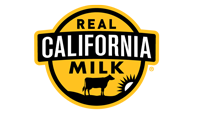
Sports Nutrition Pro Busts Myths About Dairy and Health, Environment with Farm to Training Table Story
Real California Milk partnered with Jordan Mazur, MS, RD, sports dietitian for a California-based professional football team, to spotlight where the real dairy foods that athletes eat for performance come from.
Jordan captured his journey in a vlog, “Where Food Comes From, Spotlight on California Dairy,” available on the Real California Milk web site.
“I hope watching my video inspires you to understand the truth about dairy from farm to table, and challenge misconceptions about dairy,” said Mazur.
Jordan traveled in his home state to speak with dairy farmers about the industry from farm to table, the nutritious foods that fuel dairy cows, and the technology that improves their productivity and environmental sustainability.
- Megan Silva is a fourth-generation dairy farmer in Escalon. She is co-owner of Frank N. Rocha Dairy Farm and R & S Dairy, LLC., and also understands health and wellness, as co-owner of a gym, yoga, and Pilates studio.
- Brian Fiscalini is a fourth-generation dairy farmer and cheese producer in Modesto. Brian's family started their dairy in 1914, and in 2000, they also started producing their cheese on site. Brian continues a way of life that respects, preserves, and honors the animals, the land, and resources for future generations.
Gallery
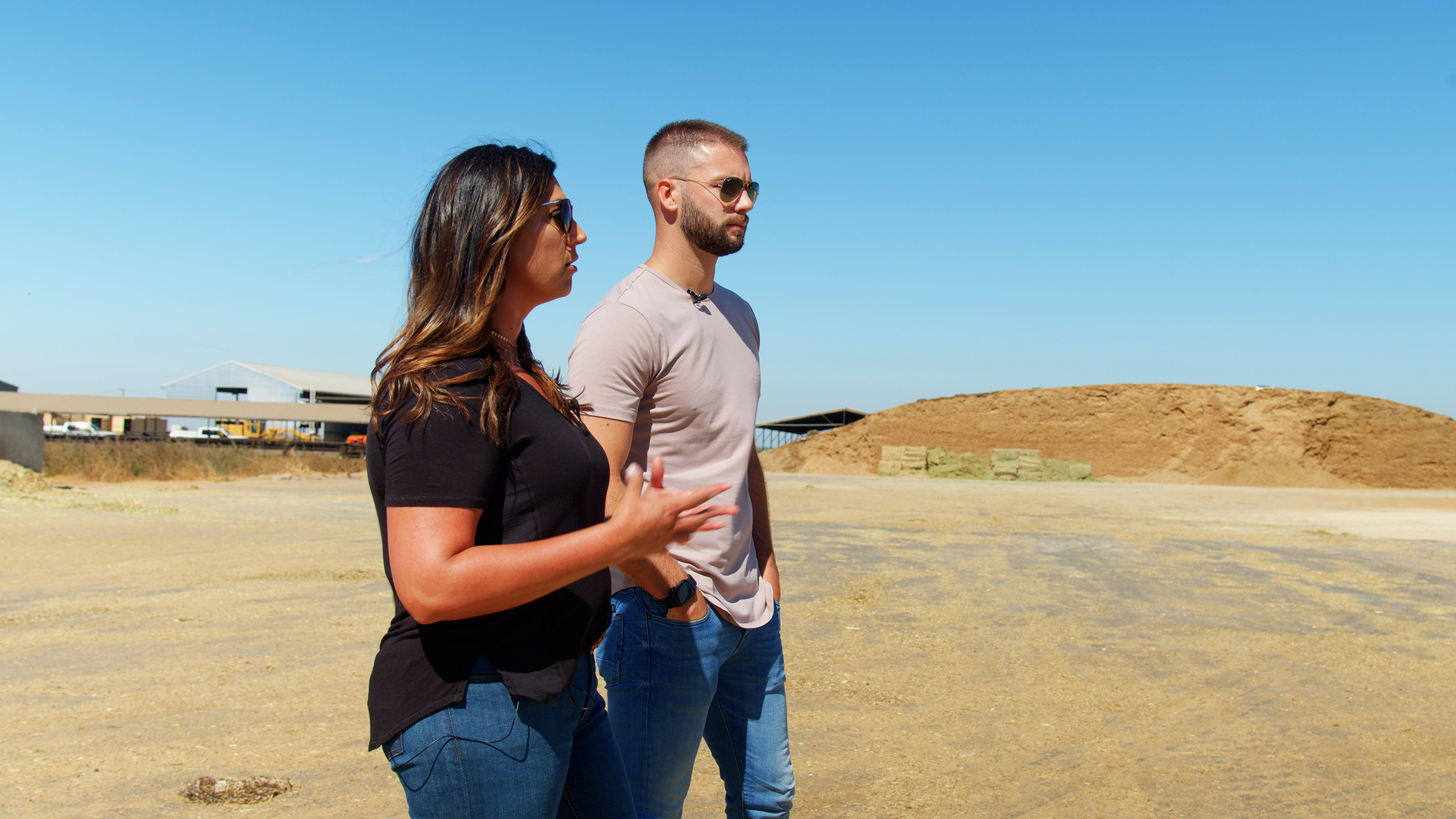 Gallery Image
Gallery Image
Megan Silva and Jordan Mazur walk the grounds of Frank N. Rocha Dairy Farm to discuss how quality feed is turned into high-quality, nutritious real milk and dairy products.
Megan Silva and Jordan Mazur walk the grounds of Frank N. Rocha Dairy Farm to discuss how quality feed is turned into high-quality, nutritious real milk and dairy products.
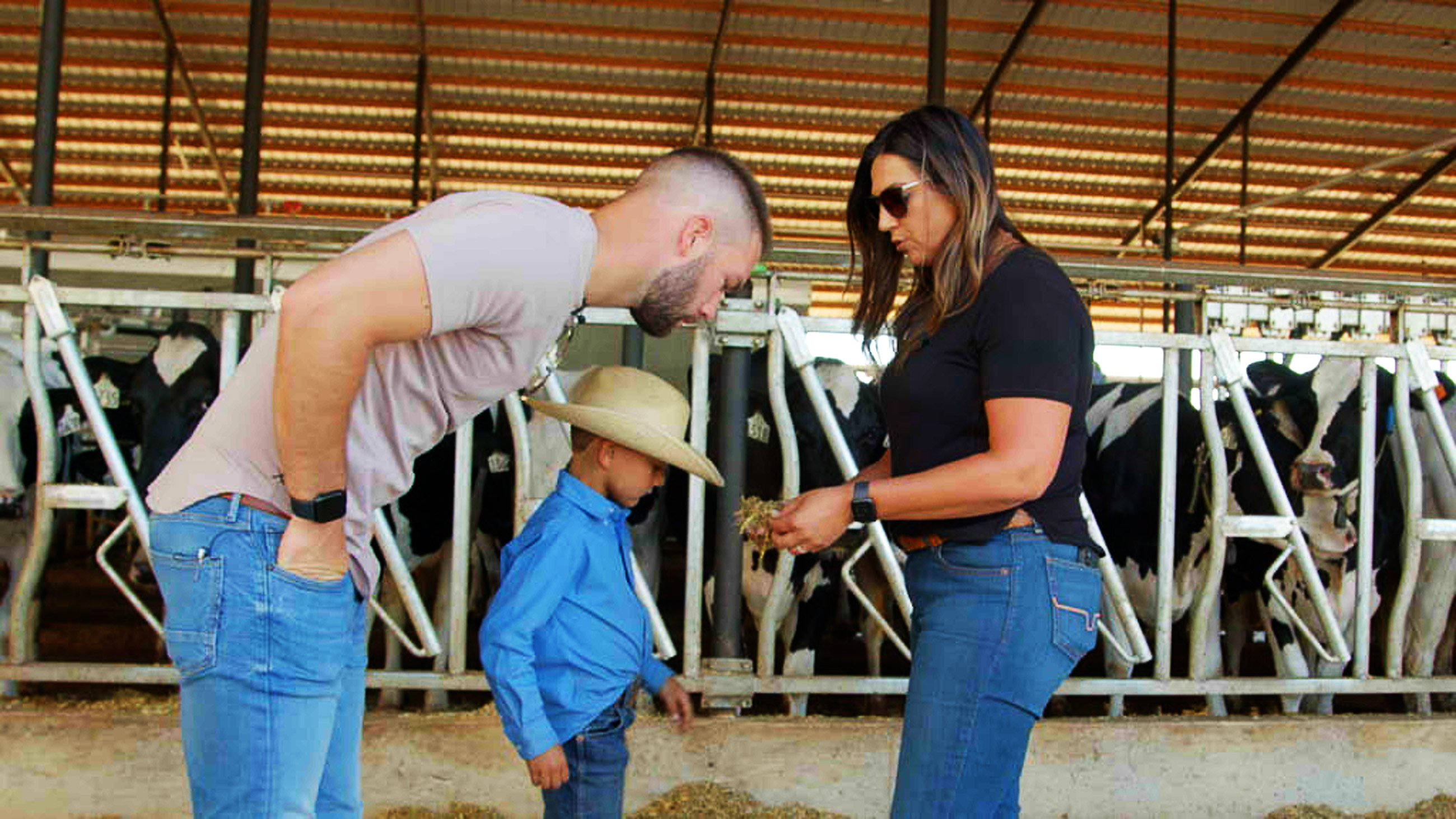 Gallery Image
Gallery Image
Megan Silva explains the careful formulation of a dairy cow's diet to Jordan Mazur at R&S Dairy in Escalon, CA.
Megan Silva explains the careful formulation of a dairy cow's diet to Jordan Mazur at R&S Dairy in Escalon, CA.
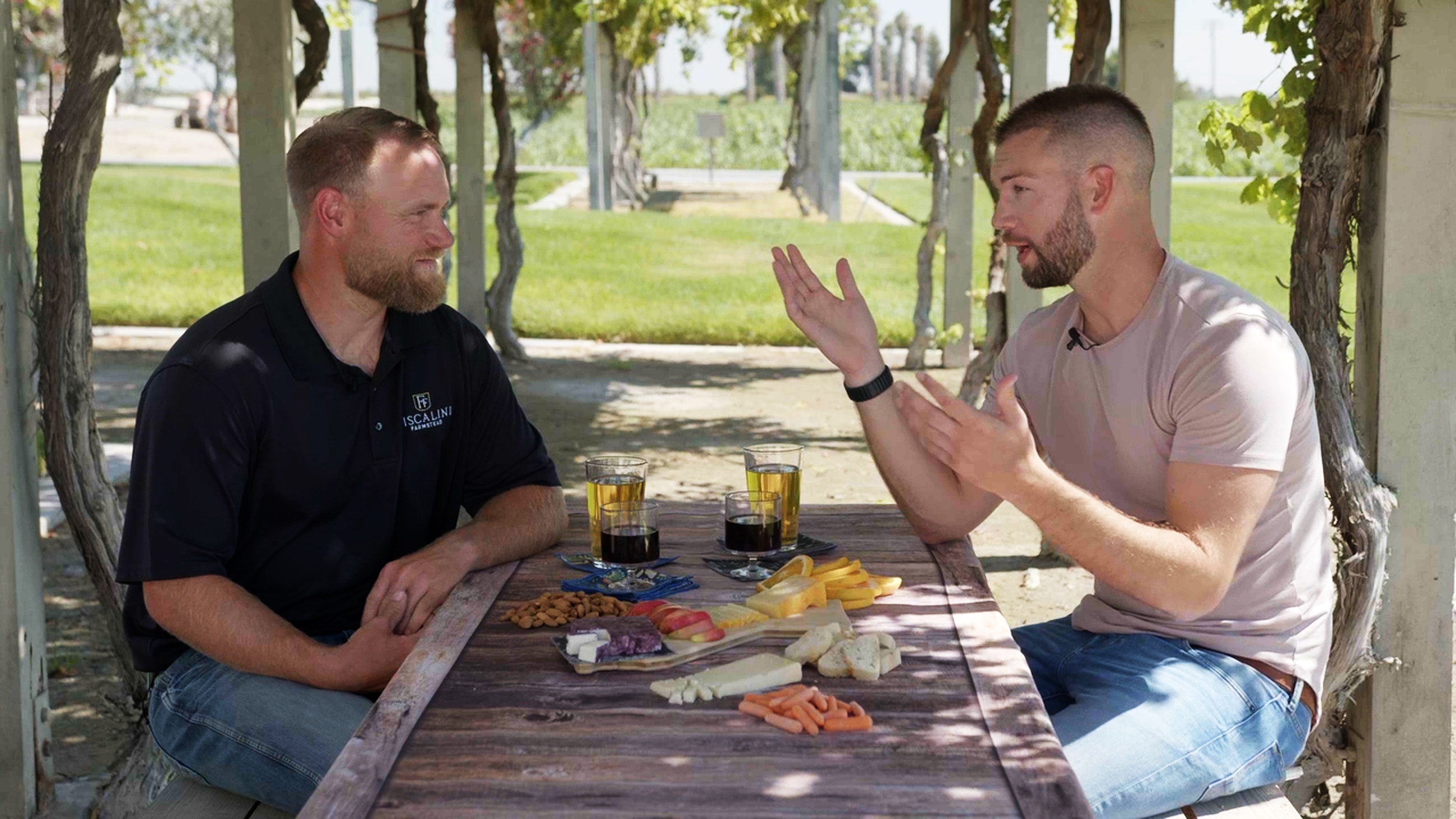 Gallery Image
Gallery Image
Jordan Mazur speaks with Brian Fiscalini about how California dairy farmers use the byproducts of food and fiber production – that cannot be eaten by humans – as high-quality cow feed.
Jordan Mazur speaks with Brian Fiscalini about how California dairy farmers use the byproducts of food and fiber production – that cannot be eaten by humans – as high-quality cow feed.
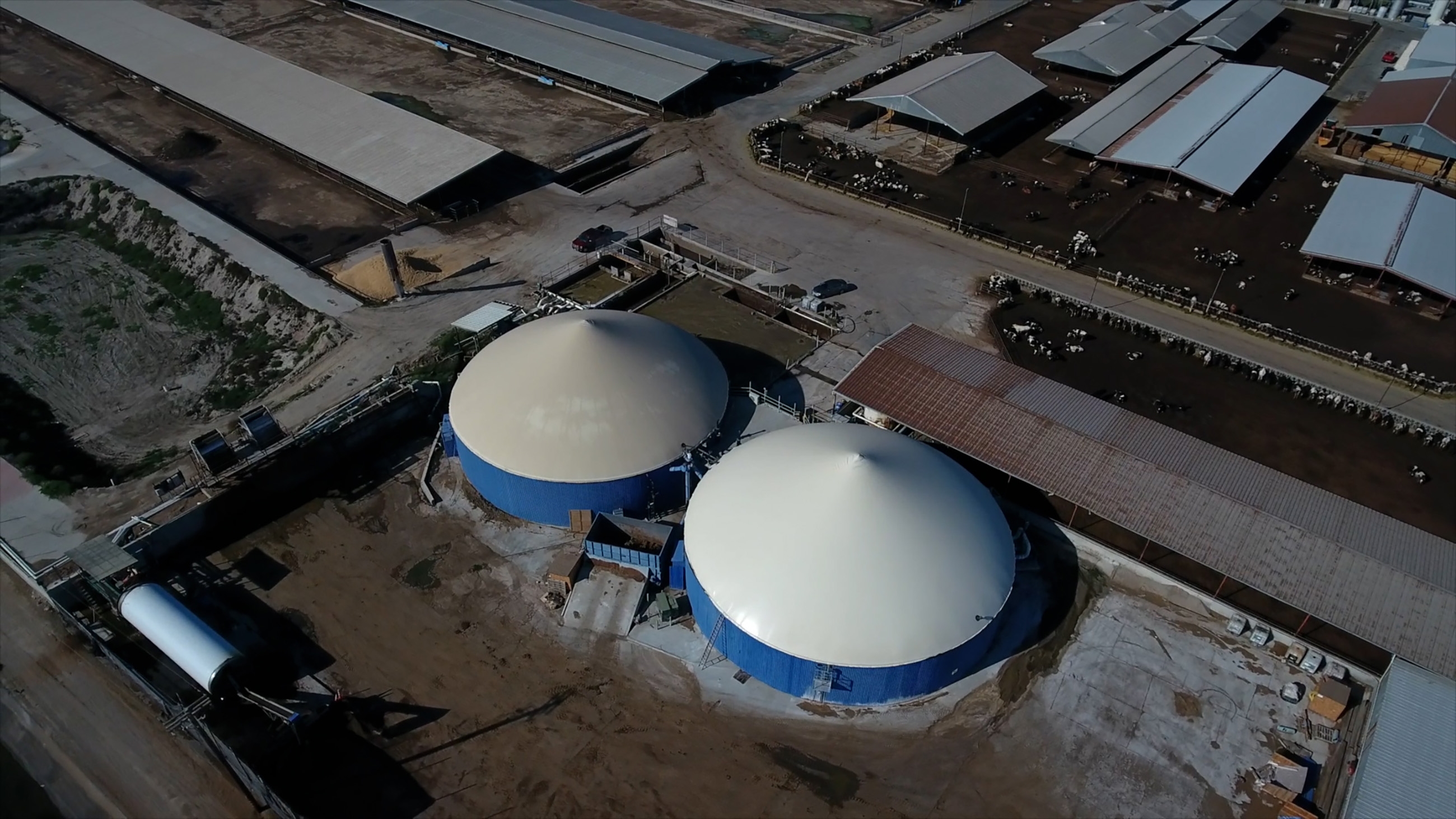 Gallery Image
Gallery Image
Arial view of methane digester, a focal point of sustainable dairy farming at Fiscalini Farms.
Arial view of methane digester, a focal point of sustainable dairy farming at Fiscalini Farms.
4 Learnings From Jordan:
1. Milk is a nutrient powerhouse and a great source of protein and calcium, but I hadn’t realized that California is the #1 milk-producing state and 99% of the dairy farms in California are family-owned.
2. Cows eat like athletes! I formulate my professional athletes’ diets, balancing their calories, carbs, fats, proteins and micronutrients, and that’s very similar to how dairy farmers and their nutritionist partners carefully formulate their cows’ diets.
3. Cows upcycle agricultural byproducts people can’t eat, like almond hulls, fruit and vegetable trimmings, and grape pomace, into nutritious milk. Up to 40% of a California dairy cow’s diet is made up of these byproducts, reducing the need to source other feed (less water, less land, fewer inputs) and keeping them out of the landfill.
4. California’s dairy farmers are really innovative, using technology to make their farms more efficient and better for the environment. California dairy farms use solar energy, feature closed-loop water recycling systems, and many are experimenting with robotic milking barns where cows choose their milking times, with digital collars and ear buttons that deliver real-time health and nutrition information, and so much more.
Check out this new vlog from @FuelCoachRD in partnership with @RealCalifMilk to learn where dairy food and nutrition begins, from farm to table. #RealCaliforiaMilk Tweet
Mazur adds, “I learned so much making this content, and it really informed my practice as a dietitian. I’ve enjoyed sharing how the nutritional value of real dairy foods made with high-quality milk can be part of any wellness lifestyle that benefits the health of both people and the planet.”
Visit the Real California Milk Health and Wellness hub for this content and more from Jordan including recipes and family-friendly wellness resources on the nutritional benefits of dairy.
About Real California Milk/California Milk Advisory Board
The California Milk Advisory Board (CMAB), an instrumentality of the California Department of Food and Agriculture, is funded by the state’s dairy farm families who lead the nation in sustainable dairy farming practices. With a vision to nourish the world with the wholesome goodness of Real California Milk, the CMAB’s programs focus on increasing demand for California’s sustainable dairy products in the state, across the U.S. and around the world. Connect with the CMAB at RealCaliforniaMilk.com, Facebook, YouTube, Twitter, Instagram and Pinterest.
Ketchum, on behalf of Real California Milk
Wendy Weiss
[email protected]
